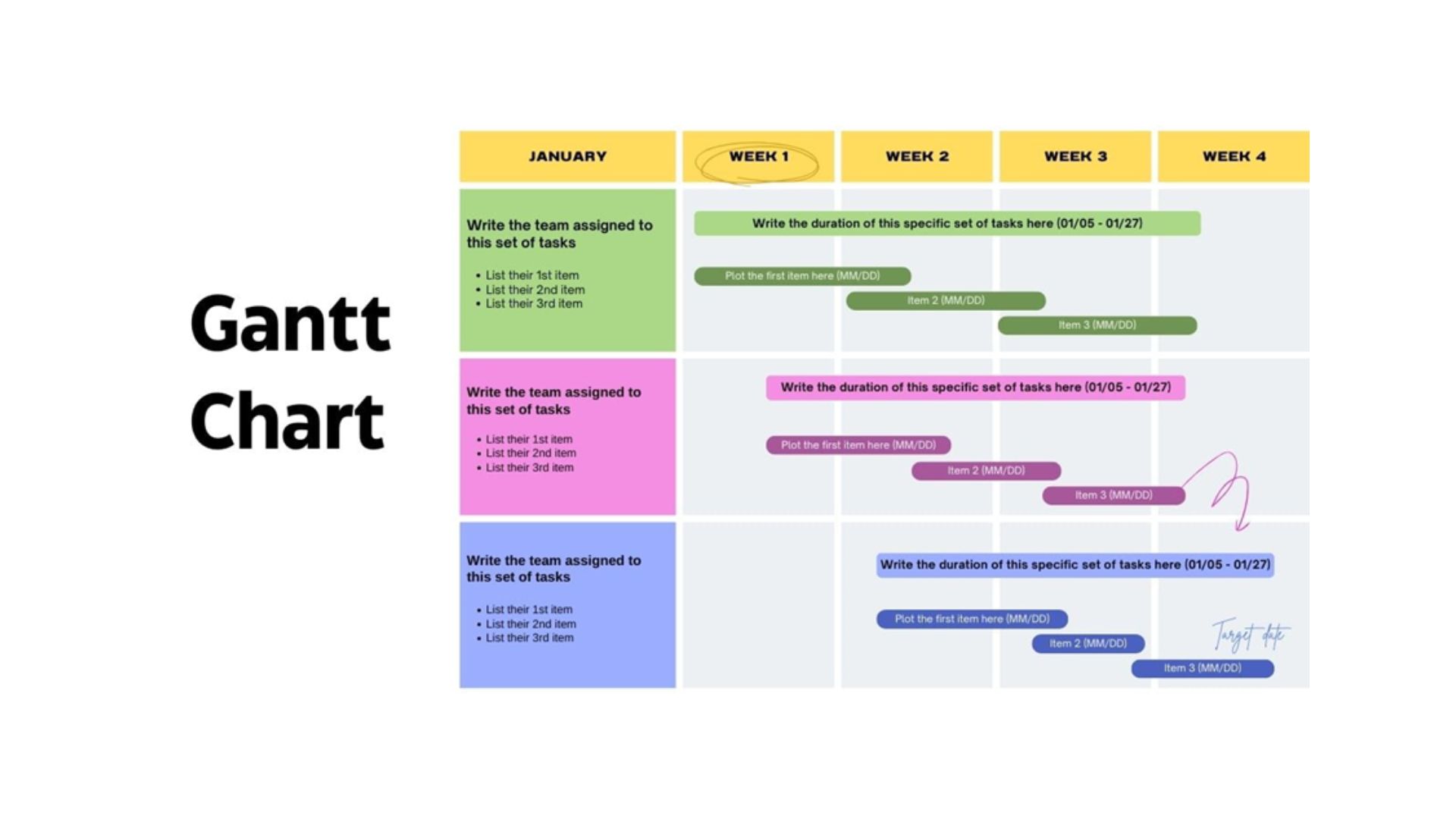Business Intelligence Getting More Pervasive: BARC
For years companies have indicated they wanted to take business intelligence and analytics out of the purview of data specialists and make it more available to “average” business users. Despite this, the numbers of workers using BI remained low. “We’re moving the needle, but it takes time,” said business intelligence expert Howard Dresner, founder and president of Dresner Advisory Services, after his company published a study last spring that found few workers have access to BI tools.
But the desire to make business intelligence more pervasive may finally be taking hold, based on the latest research from BARC, which for 13 years has produced an annual survey that tracks usage of BI tools. According to the BI Survey 14, published in October, 55 percent of business intelligence users say they engage in self-service BI tasks such as creating dashboards, with another 24 percent planning to do so in the next 12 months. Operations/production was the business function with the biggest increase in BI usage, with a 28 percent jump from 2008 to 2014.
Better BI Tools
This was the first year that self-service BI usage topped 50 percent, said Carsten Bange, BARC’s CEO and co-author of the survey, who attributes this trend to a corresponding improvement in the ease of use and functionality of BI tools. “BI is now better suited for more users, even ones that might use BI software only from time to time,” he said.
It was no surprise that Qlik and Tableau, two business intelligence vendors that specialize in visual analysis/data discovery, saw the greatest growth in interest this year, Bange said. Both companies stress self-service data analysis.
“They are offering a little bit different approach to analyzing data that is geared toward more ‘average’ users, by giving users more flexibility in collecting data and assembling it for analysis,” he said, adding that more traditional BI tools “were not meeting those needs.”
The visual representations of data they provide help users more easily identify trends and outliers, he said, while also satisfying users’ expectations for software that is easier to use and more appealing. “People are expecting more from their software. They bring expectations from their consumer usage into the workplace, and they do not want clumsy, bad-looking software.”
According to the survey, 46 percent of companies reported using visual analysis/data discovery tools, with another 13 percent planning to do so in the next 12 months.
Mobile and Cloud Business Intelligence
Less popular categories included mobile business intelligence and cloud BI.
Interest in mobile BI has obviously cooled, Bange said, noting that usage grew just 2 percent in the past year. While it is common for surveys like BARC’s to reveal gaps between plans and actual implementation, he said, the gap for mobile BI is especially notable. “It is normal to have a difference between plans and actual adoption, but I have never seen such a large rate of people not doing a project after saying they want to do so.”
Until recently, he said, mobile BI tools were not as functional or as usable as other mobile applications. Much development effort was required to port existing business intelligence apps to mobile devices or develop new apps. While tools have improved, he believes companies still underestimate problems they may encounter with mobile BI. “For example, they need a strong mobile policy and mobile device management before they deploy apps with sensitive data,” he said.
For many companies the costs of implementing mobile business intelligence simply may outweigh the benefits, he said.
“Most BI apps are Web based, so you can always access them with a browser on your mobile device. Some realism comes into play when they look more closely at what they want to do and start asking what benefits they will gain by putting data on mobile,” he said. “The cost/benefit analysis just may not add up.”
Just 10 percent of companies surveyed said they use cloud business intelligence, with 6 percent planning to adopt cloud BI in the next 12 months. Sensitivity of data is still a concern, especially in Europe, Bange said. In addition, he said, while companies are showing increasing interest in using cloud data for analysis, most data currently used for analysis is not stored in the cloud “and cloud does not make as much sense for on-premise data.”
Ann All is the editor of Enterprise Apps Today and eSecurity Planet. She has covered business and technology for more than a decade, writing about everything from business intelligence to virtualization.

Public relations, digital marketing, journalism, copywriting. I have done it all so I am able to communicate any information in a professional manner. Recent work includes creating compelling digital content, and applying SEO strategies to increase website performance. I am a skilled copy editor who can manage budgets and people.








